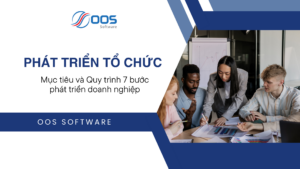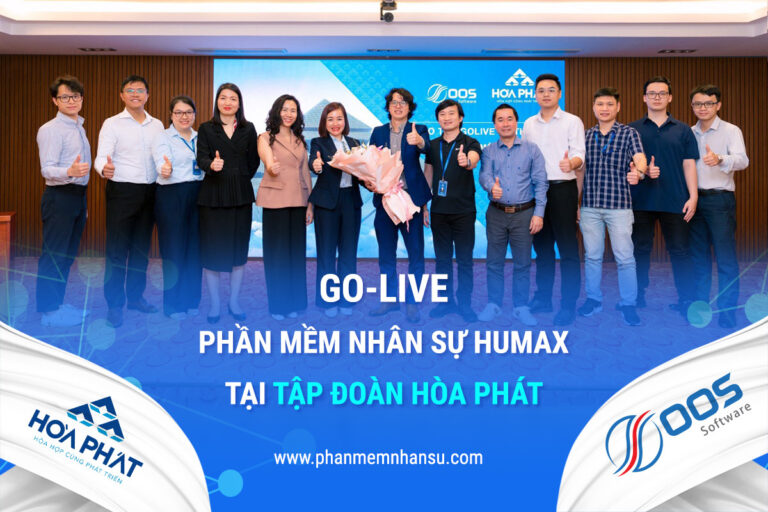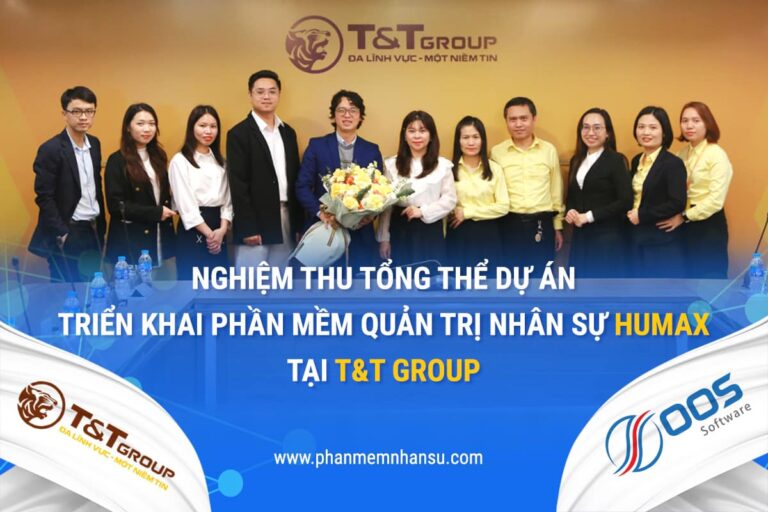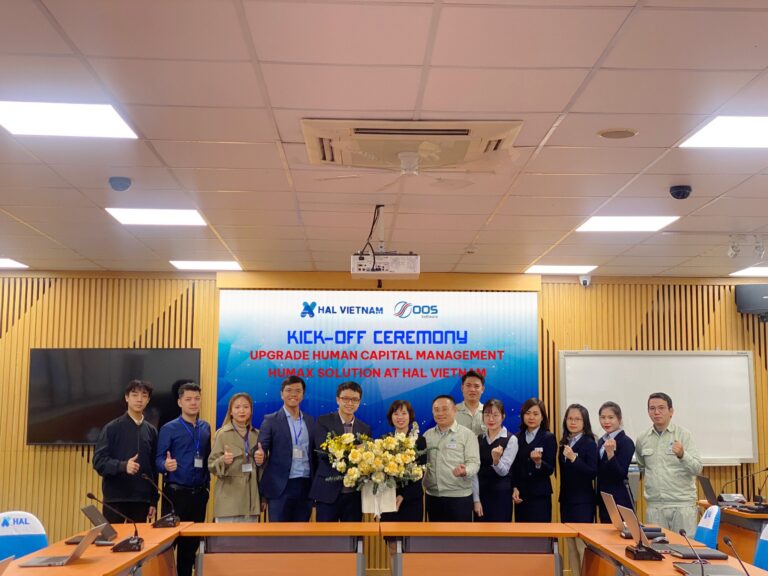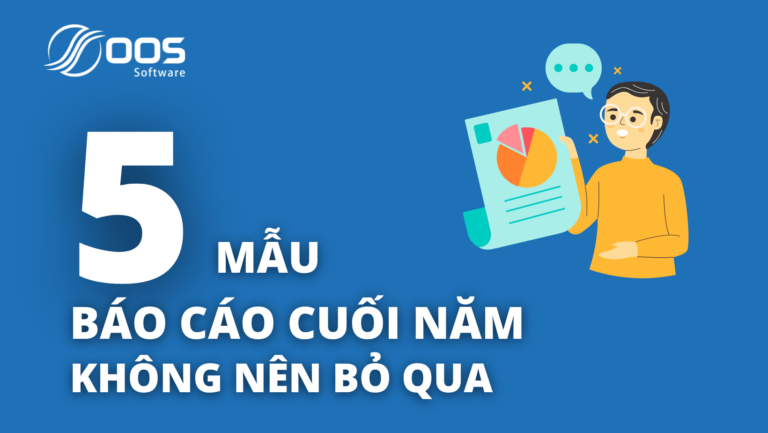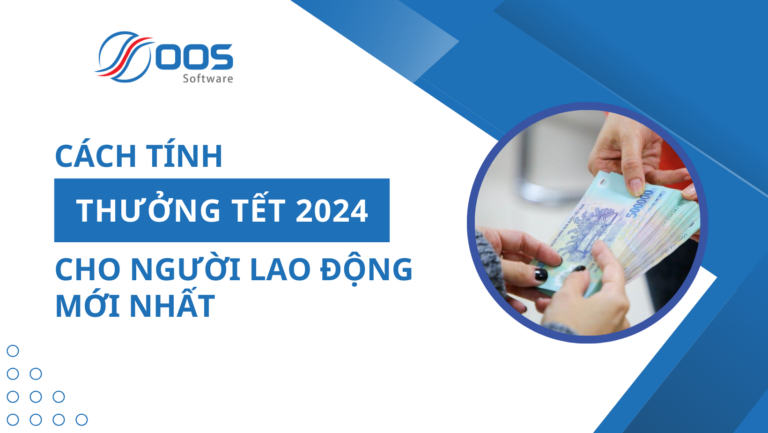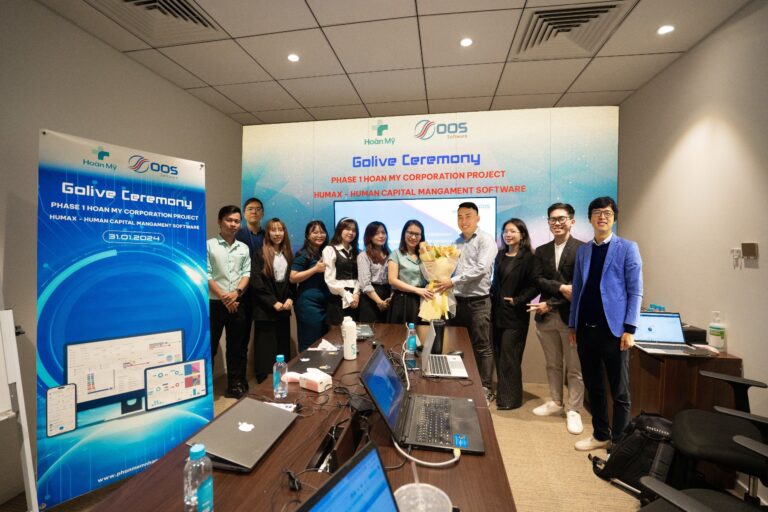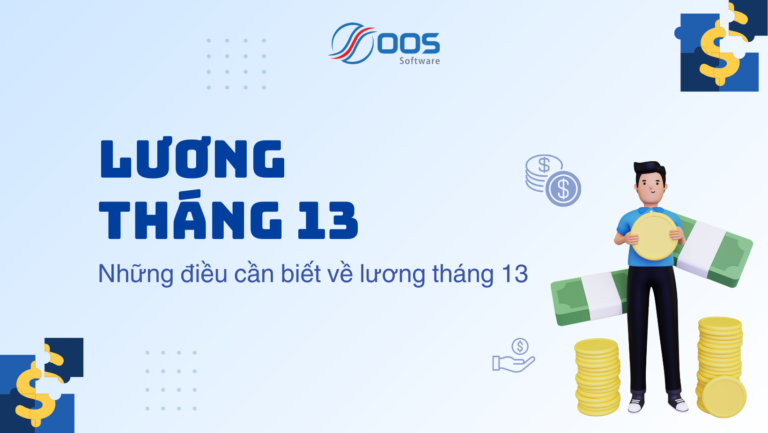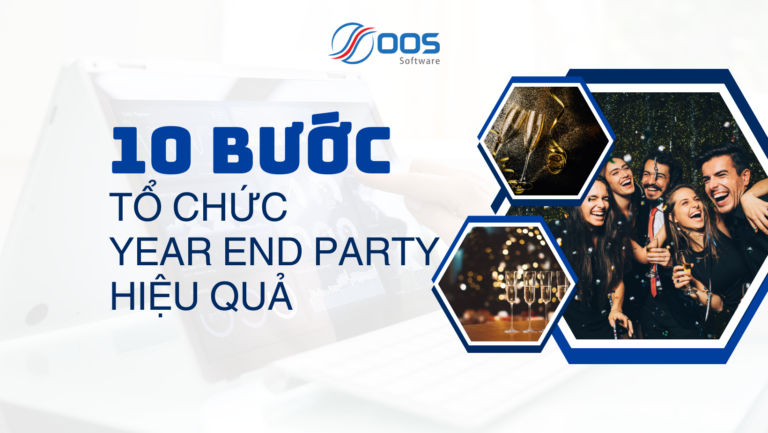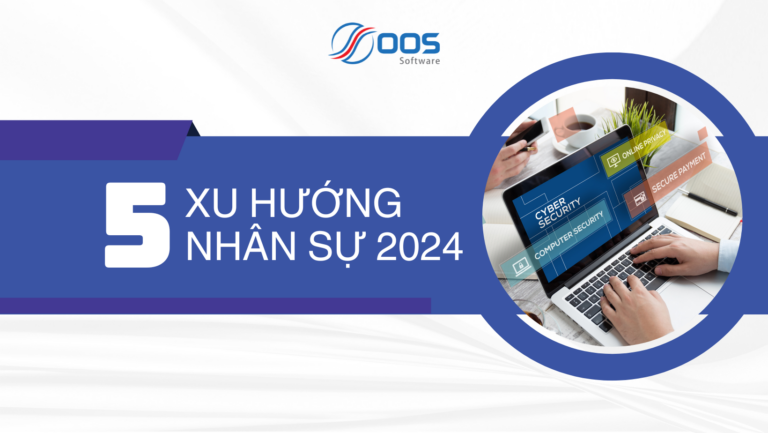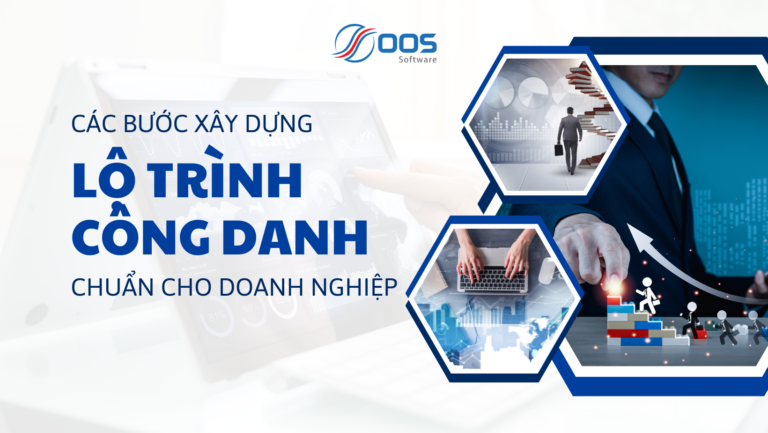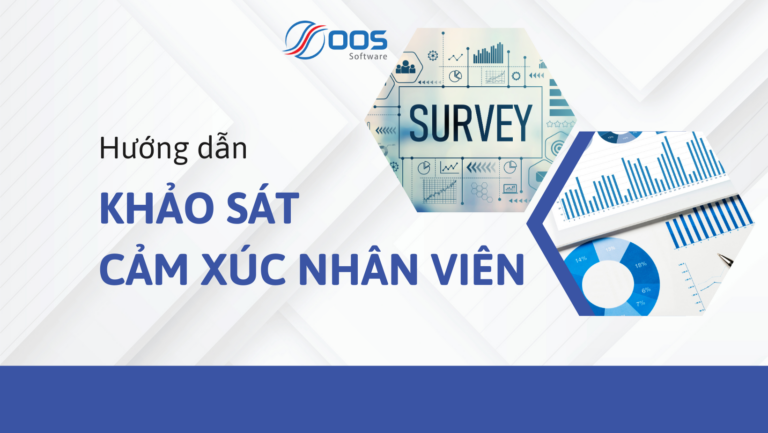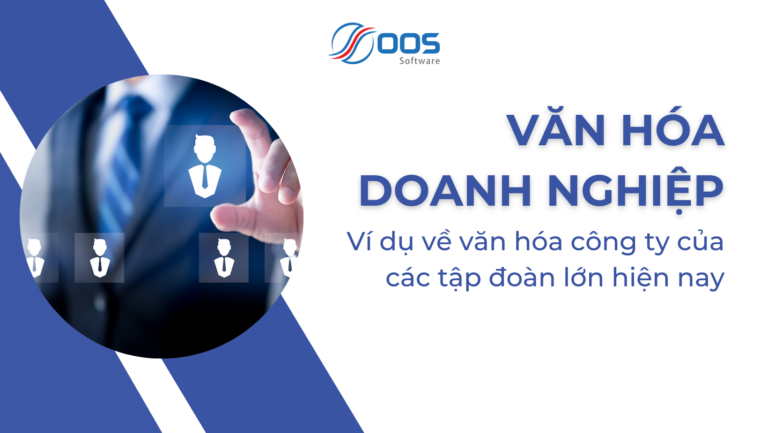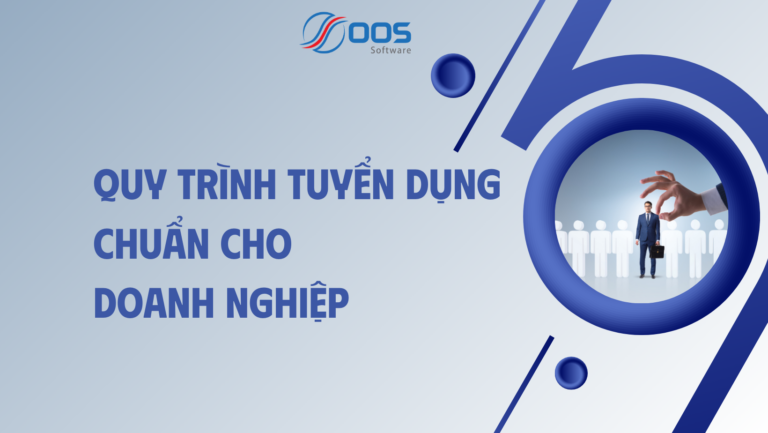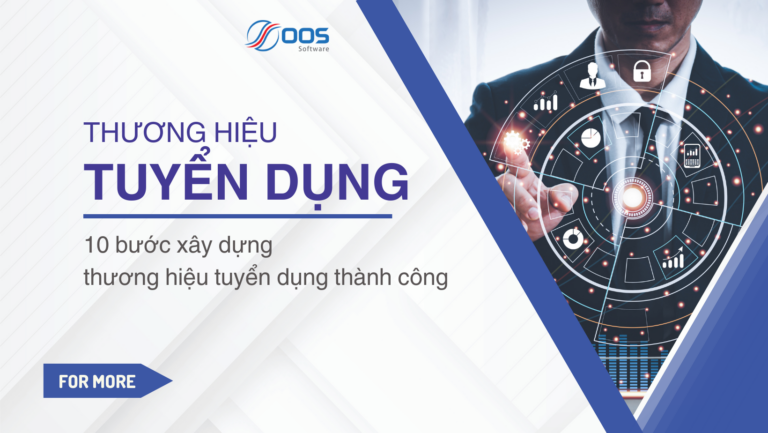Organizational development - plays a very important role in helping businesses keep pace with the pace of market change, seize opportunities and affirm the role and position of the business. Organizational development is a process with the purpose of helping businesses become stronger, targeting 8 factors: strategy, leadership, performance management, culture, systems, processes, learning, organizational structure position. So how many steps does the organizational development process include? Let's find out with OOS now!
1. Definition & Nature of Organizational Development
According to Boston Facilitators Roundtable - a professional development network for organizational development in the United States, organizational development (OD) is a process that requires discipline and professionalism focused on improving business performance. through developing and optimizing resources, processes, structures and business strategies.
In addition, Organizational Development is the process of analyzing the current situation and business context of an enterprise, thereby identifying key issues and tasks in organizational development. After identifying the problem, the business will find solutions, implement implementation and monitoring.
Nature of Organizational Development:
- Organizational development is a controlled, structured process, based on science and real data to focus on strategic, process improvement.
- Organizational development aims to create business results – increased profits, improved customer satisfaction, increased engagement and interaction of organizational members, enhanced organizational adaptation and innovation.
- The latter part develops, improves and strengthens strategies, structures and processes. Organizational development activities can cover the entire organization, one or more departments, applying to changes in strategy, structure and processes.
Although change can be difficult, most companies find the benefits of organizational development valuable.
To learn more about how you can turn your Organizational Culture into your business's most powerful asset, see: The key to building a successful corporate culture
2. Organizational development goals
The development goals of each organization are different, often based on the specific characteristics and values of that organization. For example, with large corporations, increasing profits may be a top concern. Meanwhile, charitable organizations promote values and missions.
In particular, every organization has the same central goal of increasing competitiveness based on available factors in the business such as resources or unique values to maintain its position in the market. It could be people (an outstanding leader - Elon Musk), innovative products, quality services or unique culture, etc.
Organizational development was born to help businesses maintain their position in the market and the organizational development process is different from random changes. It plays the role of building the organization's capacity to evaluate current operations, thereby making adjustments to realize the organization's goals.
3. Organizational development models
Once a business has identified the areas that need improvement and the desired results, what is the next step? Below are the three most popular organizational development models researched by scientists since the 19th century, including the Lewin model, the Larry Greiner model and the Leavitt model. These models serve two purposes: to help devise a plan of action and to clarify communications for employees.
Lewin's three-step model

- Unfreezing
The first step is also the most important step, companies should make efforts to relax current regulations and procedures to prepare for change. Show everyone in the organization the need and value of innovation so they feel motivated and willing to accept it.
- Changing
In the second step, companies introduce a new strategy and implement it. People will learn new behaviors, process and think in different ways. At this stage, strong support and clear communication from leadership is crucial to keep employees motivated and focused.
- Refreezing
The final step is to solidify the “new normal” and sustain the change. It is necessary to integrate the existing processes in the organization with the new changes and ensure that all individuals in the organization comply with the new regimes and mechanisms.
Larry Greiner's 6-step model
The Greiner curve describes the different stages that must be passed through in organizational development. External factors influence organizational management to initiate the change process. Each stage is made up of a period of relatively stable growth, followed by a “crisis” in which the company needs to make major organizational changes and experiment with new solutions if it wants to continue growing.

Stage 1: Growth through creativity Characteristics: In the pioneering stage, businesses are relatively small and young. The founder is directly responsible and focuses on the product. Difficulty: During the growth phase, the organization has many conflicts, complexities and more burdens. The lack of professional orientation causes the company to fall into a leadership crisis.
Stage 2: Growth through direction Characteristics: In stage two the company appoints a director capable of giving direction. Difficulty: Directive management techniques help organizations grow, but they can become less effective as organizations become more complex and diverse. Top-level management cannot manage all activities, low-level management feels trapped below even though they understand the product and market better. This phase ends with a crisis of autonomy.
Stage 3: Growth through delegation Characteristics: Top managers relinquish some of their authority and decentralize power to middle managers. Difficulty: Many department managers make it difficult for the director to control. This phase ends with a control crisis, requiring an organizational design.
Stage 4: Growth through coordination and monitoring Features: Use formal systems to achieve closer coordination. Difficulty: Departmental staff have a lot of authority and department heads have little responsibility leading to a bureaucratic crisis and stunted growth
Stage 5: Growth through collaboration
Characteristics: Communication between employees is through all consulting groups, and is not subject to any regulations or standards. Difficulty: This phase ends with a crisis of internal growth: further growth can only be achieved by developing partnerships with external organizations.
Stage 6: Growth through solutions outside the organization
Characteristics: Organizations at this stage grow from organizational expansion.
Difficulty: Businesses focus on alliances rather than doing their own business, so they are susceptible to "identity" crises and can be completely controlled by other businesses.
See more at: What is the Larry Greiner growth model? Stages and applications
Leavitt's model

The Leavitt model is based on the interactive nature of different subsystems in the change process. There are four interacting subsystems in the organizational system: task, structure, people, and technology. Any change in one system has consequences for subsystems.
Therefore, Leavitt's organizational development model focuses on the relationship between the four elements of organizational structure, tasks, people and technology, so all four elements need to be synchronized to develop the organization. effective.
See more at: Leavitt's model – change is based on 4 key factors
4. 7-step organizational development process
Organizational development is a complex and systematic process. Divided into 7 steps that outline how to develop an organization related to the human resource management function.
- Identify needs and problems
The need for organizational development arises when a manager sees an opportunity for improvement or discovers a problem within the organization – including both internal and external changes such as internal conflicts, customer complaints, Declining profits, lack of innovation, high employee turnover or employee turnover, etc. The data collected at this stage becomes the foundation for the organizational development process.
The first stage is to find the problem, through holding meetings between managers and organizational development members. By conducting a thorough assessment, consultants can identify strengths and weaknesses within the organization and suggest ideas for optimization.
- Diagnostic
The second phase deals with investigating the problem through a data collection process. Based on the data collected during the assessment phase, the organizational development consultant will work closely with the organization's leadership team to identify areas for improvement and develop strategies for implementation. make changes consistent with the organization's goals.
- Collect and analyze data
In phase three, consultants will collect and analyze from methods such as taking existing data on work systems, surveys, interviews or observations. Data collection is a very important and time-consuming step for project success.
- Feedback
The client receives analyzed information through the consultant at this stage. Information needs to be relevant, easy to understand, descriptive, verifiable, meaningful, comparable and actionable. The feedback phase also includes a review of preliminary agreements on project scope and resources, leading to an action plan that outlines the change solutions to develop and identifies indicators of success. based on information and data analysis.
- Design strategies and action plans
After providing feedback to customers, the next step is to devise interventions appropriate to the needs and capabilities of the organization as well as determine evaluation and measurement criteria. This is an important part of the organizational development process. Only when the criteria are clearly defined can progress be measured most accurately.
- Leadership and change management
The change is difficult with an estimated failure rate of 50 – 70%. The secret to effective change management revolves around promoting change, nurturing momentum, building vision, supporting development, managing transitions and maintaining progress.
- Evaluate and institutionalize change
Opportunities for improvement will appear once the new system is implemented, contributing to a good experience for customers and human resources. The organization will then evaluate the results and effectiveness achieved after the organizational development process for continuous adjustment and improvement.
5. Conclusion
Organizational development is an essential process for any company that wants to remain competitive and successful. To successfully develop an organization, it is necessary to clearly define goals and strategies, apply appropriate methods and evaluate results for continuous adjustment and improvement.
The organizational development process not only helps improve organizational efficiency, product and service quality, but also contributes to creating a positive working environment, improving employee satisfaction levels, helping the organization develop. develop and maintain position in the market.
OOS Software has more than 10 years of accompanying many businesses and corporations. Contact now to Get advice on Human Resources Management Software for your Business.
